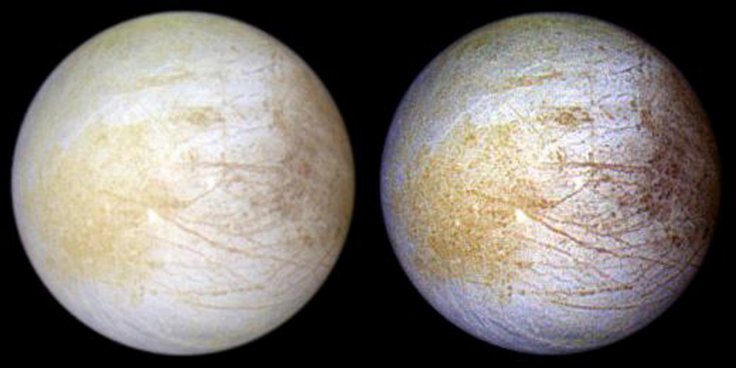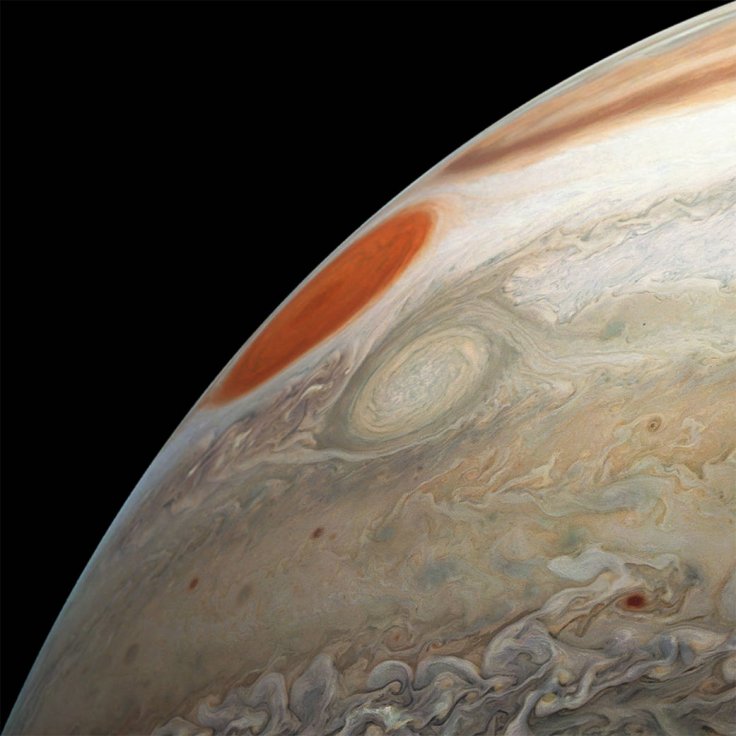
Scientists working on NASA's future mission to Jupiter's moon Europa are hoping that the expedition will discover traces of alien life. The space agency's scientists are looking to accomplish this through a special experiment that the mission will carry out on Europa.
NASA's upcoming mission to Jupiter's icy moon will be conducted using the Clipper spacecraft, which is expected to launch sometime in 2025. According to Robert Pappalardo of NASA's Jet Propulsion Laboratory and the project scientist for the Europa Clipper Mission, the main objective of the mission is to determine the moon's capability of hosting and supporting life. Through the mission, the project scientist and his colleagues are hoping that Clipper will encounter evidence of organic life during its voyage.
"We're a habitability mission," Pappalardo said during the 70th International Astronautical Congress held recently in Washington, D.C., according to Space.com. "We're trying to understand, Is Europa a habitable environment?"
"We're not a life-search mission," Pappalardo continued. "But, if Europa's interior happened to be rich in organic microbes pouring out of it, we would be able to tell from the mass spectra — probably, possibly — that we're sensing life. That's a longshot, but it's not impossible."

As mentioned by the project scientist, the mass spectrometer is one of the nine scientific instruments that Clipper will carry for its Europa mission. This instrument is designed to measure the masses of ions in the samples that will be collected by the spacecraft. Pappalardo and his team are hoping that these samples would contain traces of extraterrestrial life.
Unlike NASA's other planetary missions, Clipper will not land on Europa. Instead, the spacecraft will only carry out flybys on the icy moon by following Jupiter's orbit. From these flybys, the spacecraft will collect samples from the moon's atmosphere. According to Pappalardo, this experiment will determine if Europa emits water vapor plumes from its surface and into its atmosphere.
"Early in the mission, we'll be searching for plumes and trying to understand, are they real?" he explained. "Are they there? Where are they? Are they sporadic or continuously active? And maybe we'll fortuitously go through a plume, or maybe we'll be able to adjust the orbit slightly in order to go through a plume," he added.









